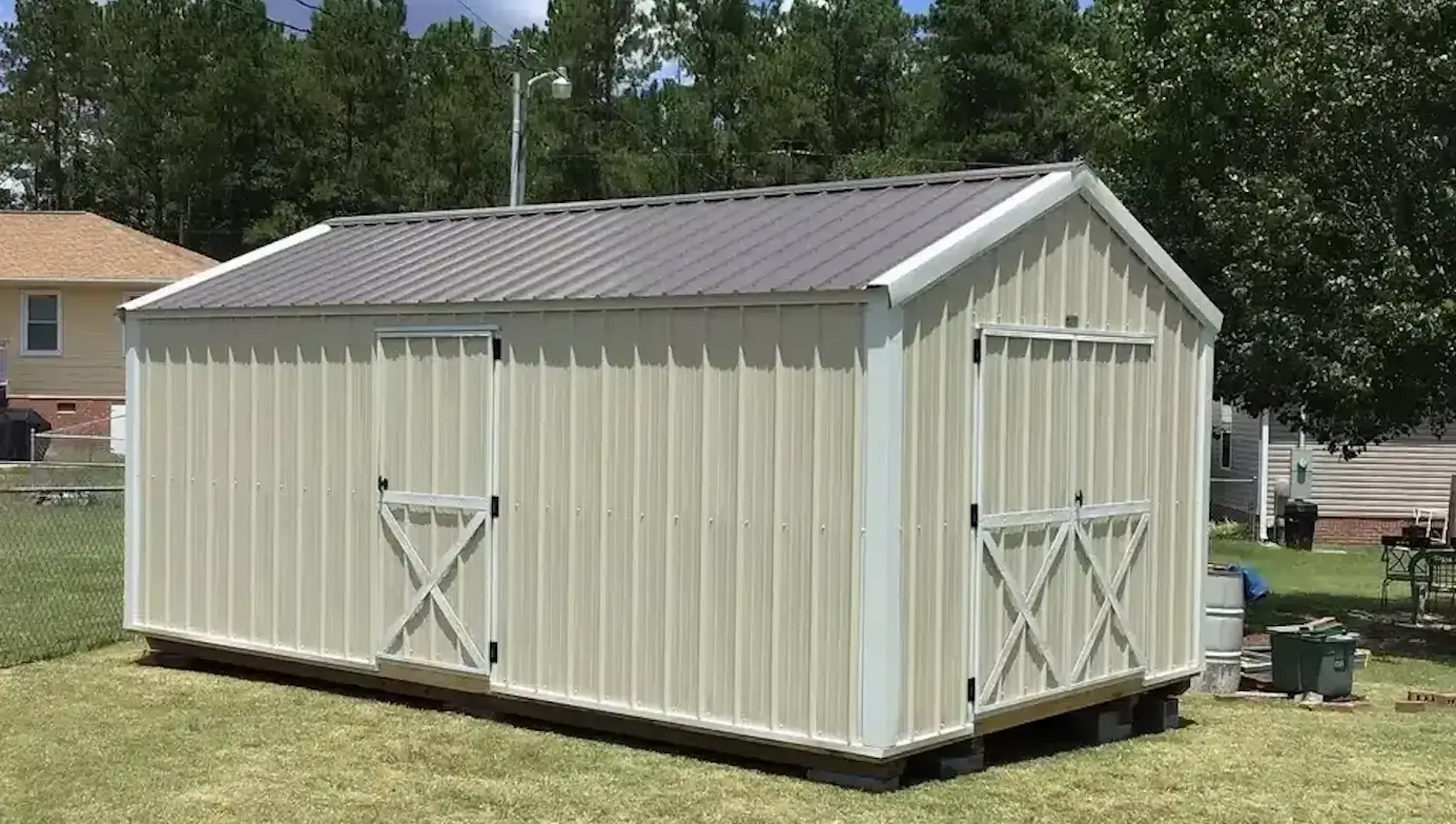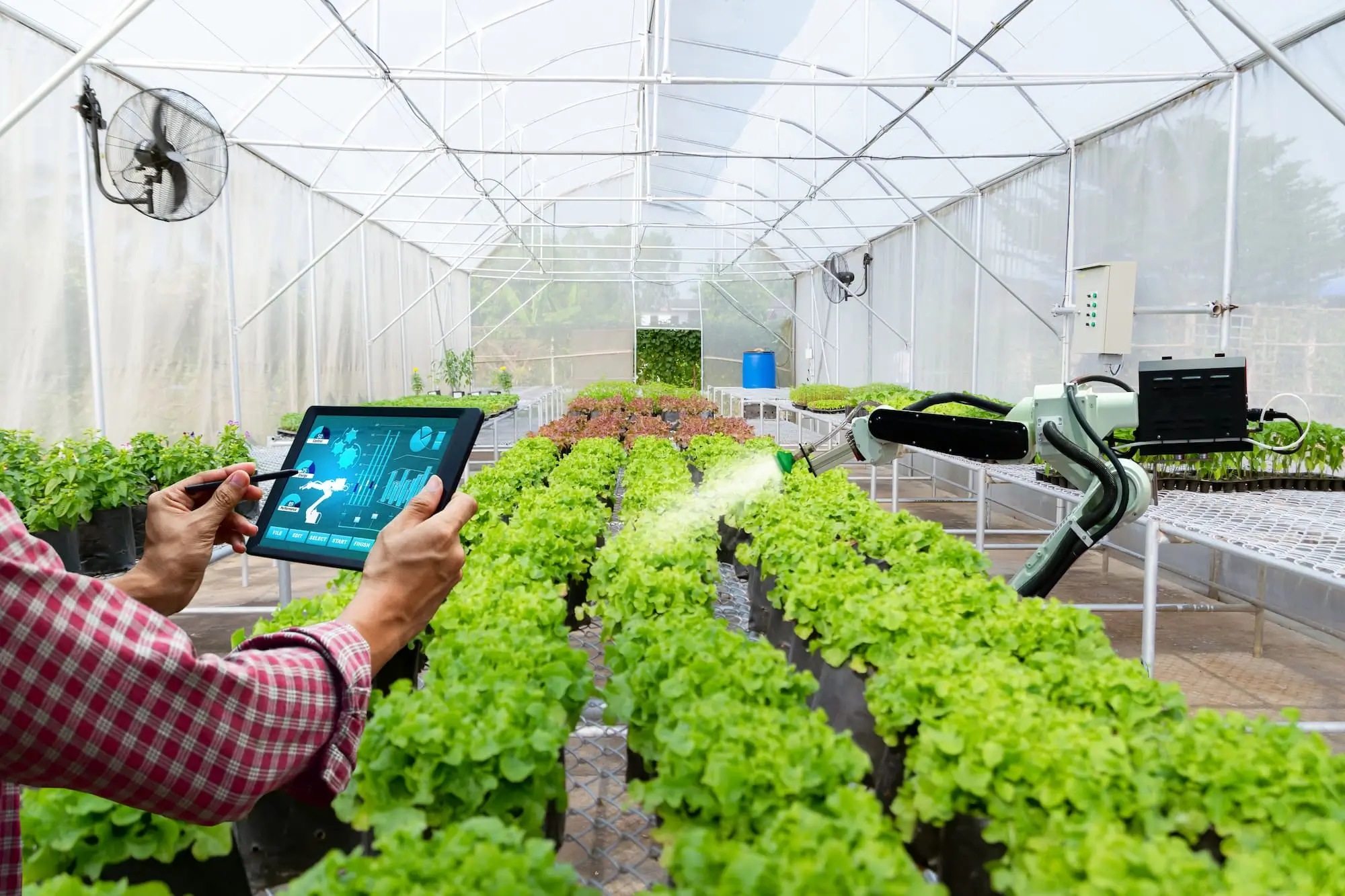
August 24, 2025

Keeping the rooms of the house perfectly comfortable can be a hard task when it comes to controlling humidity levels. Humidity, or the amount of moisture in the air, is important for both plant growth, comfort, and preventing mold. This is important for plant health, as adequate humidity is essential for optimal growth. But in homes, too much or too little humidity can bring discomfort and health problems.
Humidity sensors allow for a control of the climate even more effectively, so tools and materials can stay in good condition. These sensors allow greenhouses to optimize plant growth by controlling humidity and keep homes comfortable by maintaining desired air moisture. By steadily tracking humidity, these sensors give homeowners and growers the tools to make immediate changes and avoid problems such as mold.
The moisture content in the air is called humidity. It can be expressed as a percent of the maximum capacity of water vapor the air has to hold at that temperature. Humidity is an important factor that influences life in terms of plant growth and human comfort. In habitable buildings, a proper humidity level is maintained for general well-being and health in daily life.
Maintaining proper humidity levels is necessary to promote healthy plants, human comfort and prevent mould.
Plants have varying humidity requirements to be healthy. The ideal humidity level for optimal plant development is 40-60%. But some plants have a preference for different kinds of air; for example, tropical species may be happier with a level of humidity of about 70%, and desert plants might be able to put up with a humidity level lower than that. High and low humidity stress plants affect both their growth and their resistance to diseases.
For people, the indoor relative humidity should be between 30%-50%. High humidity can make the air feel hot and sticky, both of which can be uncomfortable and in some cases can make it hard to breathe. Conversely, if the humidity is too low, the air can be dry, leading to dry skin, itchy eyes, and irritation in the respiratory system. In this optimal range, a comfortable environmental condition for inhabitants is achieved.
Prevention against mold also depends on the humidity. Mold grows in wet conditions, particularly when humidity is above 60%. Airborne moisture creates a climate that mold spores find inviting, they then infest and reproduce onto surfaces, where they sometimes cause mildew. If people can maintain relative indoor humidity below 60 percent, it will alleviate mold growth and create a safe, healthy indoor environment.
Excess or insufficient moisture levels can create problems with plants, human comfort and home health issues. Here's how:
Consequences of Imbalanced Humidity | Too High | Too Low |
|---|---|---|
Effect on Mold & Mildew | Creates a breeding ground for mold and mildew. | Prevents mold growth, but can cause dryness in certain areas. |
Effect on Comfort | Makes the air feel sticky and oppressive, leading to discomfort. | Causes dry, uncomfortable air, leading to dry skin, irritated eyes, and respiratory issues. |
Effect on Plants | Leads to fungal infections, hinders transpiration, stunts growth, and causes wilting. | Causes dehydration, leaf drop, poor growth, and increases susceptibility to pests. |
Effect on Home Structure | May cause water damage and condensation on walls and furniture. | It can cause wood furniture to crack and paint to peel. |
Humidity sensors are a wireless humidity and temperature monitor to measure the moisture of the air. They sense fluctuations of moisture levels and record data to help make sure the area is ideal. These sensors measure the electric resistance or capacitance when moisture is in the air, so they provide a precise reading of the humidity level of a specific area.
Humidity sensors provide many advantages to enhance the environment, comfort and plant and indoor space health. Here are a few of the key benefits:
It also offers continual real-time monitoring of the humidity with its humidity sensor, which means it offers users the most current information available about their surroundings. This gives them the flexibility to adjust as necessary. Whether growing plants or just want to ensure a comfortable indoor environment, home humidity monitor in real-time is essential for keeping conditions stable.
Many humidity sensors even include data logging devices, which will record relative humidity levels over time. This information can be used to predict trends and patterns, empowering users to grasp how the humidity changes and make preventative choices.
For growers, this can be particularly beneficial when trying to tune watering schedules or climate control apparatus, while for homeowners, they might be able to monitor how a bleak winter is affecting the indoor air quality sensor.
A moisture monitor is useful because people can program the smartphone to receive an alert when moisture is above or below a certain percentage. This feature delivers instant alerts and the notification can be in the form of email, text or app notification, so users can take immediate action to avoid problems like mold growth, mildew or plant stress.
For instance, when humidity in a greenhouse exceeds a predetermined level, the sensor could notify the grower to make adjustments like opening/closing ventilation or irrigation systems.
With Wi-Fi-connected smart humidity sensors, users can now easily and conveniently build these connected systems into their own automated climate control systems. These sensors can be coupled to devices, such as humidifiers, dehumidifiers, air conditioners, and ventilation systems to modify humidity automatically in view of the current floor surface humidity, thus avoiding human intervention but guaranteeing ideal conditions.
Humidity sensors are among the indispensable tools for gardeners and farmers who wish to monitor plant health. Optimal humidity helps the plants in transpiration, promotes the efficient growth of plants, and increases plant production till yield.
Applications in plant cultivation are enhanced by the best humidity sensor for grow tent, which ensures optimal conditions for plant health and growth across various environments.
Proper humidity is vital to growing plants, whether a houseplant or in a hydroponic system.
Houseplants
Hydroponics
In greenhouses, the perfect balance of conditions throughout a plant’s growth cycle needs to be maintained and humidity sensors are critical in making certain this happens.
Climate Control
Crop Yield Optimization
Ideal moisture content within a home contributes to increased comfort, property preservation, and energy efficiency.
Keep an appropriate level of humidity to avoid problems caused by dry air such as dry throat, nose, and respiratory problems. This is great for those with asthma, allergies and other respiratory disorders.
Ideal relative humidity decreases skin drying and irritation which is often produced in low humidity environments. Preventing dry skin can also help reduce the frequency of eczema or other types of skin rashes.
Appropriate humidity helps prevent damage to wooden furniture and wood surfaces. If they get too dry, the wood can crack and warp, and if they get too wet, they can grow mold. Wood will not lose its shape and appearance when it's kept in check.
Such a high level of humidity may cause paint to peel and wallpaper to buckle or peel off the walls. The ideal moisture conditions of walls to maintain the aesthetic look, when applied with paint and color will last longer.
Microcontroller-based humidity sensors allow for managing the home HVAC systems, adjusting settings according to moisture levels. As a result, the space heats and cools more efficiently, which results in less wear on a building’s HVAC system and better indoor climate comfort in general.
With humidity sensors, users can minimize power consumption by running HVAC systems, dehumidifiers and humidifiers only when needed. That should help prevent energy waste and perhaps lower utility bills over time.
Mold grows in areas with very high humidity levels. These include high humidity, lack of ventilation, and still water. There will always be mold spores in the air, but they will not grow and spread unless there is a favorable condition, notably too much moisture.
The main cause of mold is moisture in excess. Once humidity gets to 60% or so and people have moisture in the environment, it is perfect for mold to grow. Mold can grow on walls, ceilings, carpets, and wood and can cause destruction of both property and health. Preventing moisture helps keep mold from growing by ensuring the moisture level remains below the point at which mold can establish a foothold.
Moisture meters can also help with finding parts with high humidity before the mold starts to grow. These sensors can give a real-time readout, so homeowners or property managers can solve the problem early on by changing ventilation or employing dehumidifiers.
Modifications can be effected to prevent mold growth as a result of data from humidity sensors. If, for example, in some rooms humidity levels remain almost constantly high, people can turn on the ventilation systems or the heat, grab a dehumidifier or set the heating system to a lower temperature to prevent the moisture and have a healthier atmosphere at home.
Below are several things to look for when choosing a humidity sensor:
Using the right type of humidity sensors, homeowners and growers can avoid problems, protect their health and save their property. For everything from growing healthy plants to preventing mold and improving indoor air, humidity sensors are a clever solution to keeping moisture levels in check.
Discover Growcycle's variety of humidity sensors and digital hygrometer for plants to facilitate an optimum plant environment. Their products make it simple to manage temperatures in the home or greenhouse while enjoying healthier plants and more comfortable environments.
Disclaimer: This material is for informational purposes only and should not be relied on for legal, medical, financial, or any other form of professional advice.
A humidity sensor is critical since it allows for monitoring and adjusting the home’s moisture levels, which is critical for the health of plants, for comfort, and for mold prevention.
The user's home needs humidity and the user needs the right amount of humidity in the home to be comfortable, to stay healthy, and to protect the home and furniture.
Humidity measurement is critical to avoid problems such as mold, discomfort, and plant damage. It supports a balanced environment for optimal health, plant growth, and home preservation.